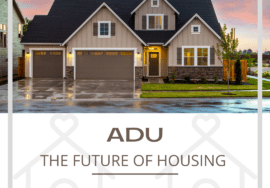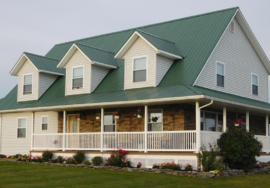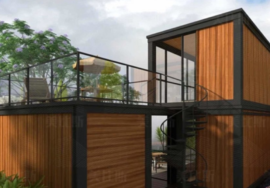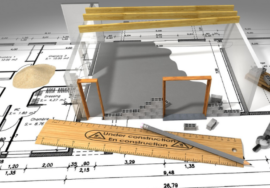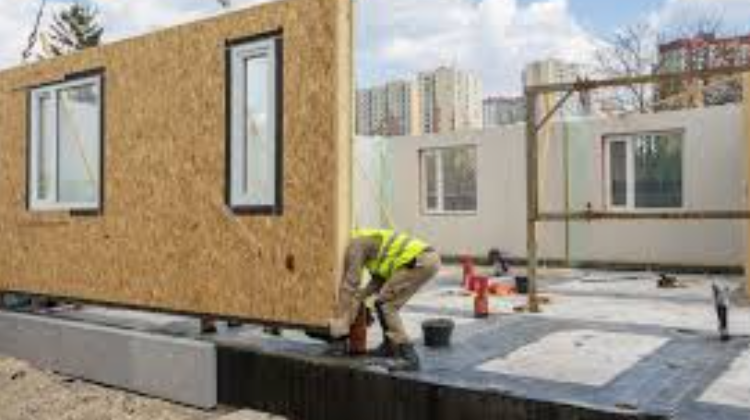
Understand the Building Code Requirements and Tradeoffs for Modular Construction
Modular construction has evolved to a level where it is becoming the standard versus the exception for many types of projects. In light of this, it’s important to understand how modular construction requirements are established, and how these requirements affect project tradeoffs – including cost, schedule, maintenance and life-cycle performance. This article provides an overview of these building code requirements and tradeoffs.
What are the benefits of modular construction?
Another advantage of modular construction is that its design is almost always code compliant. Each unit is built in an off-site factory, which means the units can be inspected as they are being built. This allows defects to be discovered before they are installed, thus improving quality control while reducing waste of materials. As a result, modular construction often uses less material than conventional construction projects do. These requirements make using prefabricated components a great way to achieve LEED certification. In addition, modular construction saves time because it requires less labor on site once it has been assembled. For example, some projects require only one or two days to complete installation after modules have arrived at their destination. In contrast, traditional building methods require weeks or months for installation work. The shorter timeline also reduces costs associated with labor and other expenses related to installing each module individually on site.
What are the advantages and disadvantages when compared with conventional building practices?
The primary advantage of modular construction is that it reduces construction waste. In a conventional building process, materials are ordered in bulk by trades based on estimates. When actual costs come in after installation, often extra material is needed to complete smaller jobs. With modular construction all materials are ordered piece-by-piece by size from manufacturers to match project needs exactly. This results in lower excess materials waste and overall cost savings for projects using modular design versus conventional methods. Modular systems also allow designers more flexibility in varying components to satisfy individual project requirements and tradeoffs when compared with a conventional building practice. For example, a designer can choose different wall types (timber vs steel studs) or insulation levels to achieve certain goals such as fire resistance or sound reduction.
Modular construction is not always best suited for every application: While modular construction does offer advantages over conventional methods there are some limitations that should be considered before deciding if it’s right for your project. First, modular systems require more labor at assembly than a conventional system because each component must be bolted together at site rather than pre-assembled offsite. Also, while many manufacturers have developed automated equipment to aid in assembly there will still be increased time and labor costs associated with assembly of modular units at site versus pre-assembled modules delivered to site on flatbed trucks ready for installation.
What are some things you should know about using modules?
The short answer is requirements and tradeoffs. Simply put, if a project does not require some type of complicated mechanical system, modular construction can be significantly less expensive than conventional construction. This comes as a result of higher labor productivity (less supervision needed), material efficiency (conventional materials often sit on-site in storage until they are ready to be used while materials used in modular projects come out of shipping containers directly to your site), better coordination with vendor delivery schedules, consistent quality with assembly line production and more predictable scheduling. With any type of building there are requirements that you must address—so it is critical to determine which one best meets your project’s needs/challenges. If a project has complex systems or large variations in exterior conditions, then modular may not be appropriate. In these cases, conventional construction may have advantages over modular construction such as greater design flexibility and control. It should also be noted that many local jurisdictions have adopted their own codes and code interpretations specific to modular construction so it is important to review all applicable regulations before proceeding with a project utilizing modules. A full understanding of code requirements and tradeoffs is critical to determining whether modular construction makes sense for your project. If a building will include structural steel, HVAC ductwork, plumbing or electrical components then you will need to understand how they impact fire protection strategies; slab versus frame; water management strategies; and even how different components fit together. Since each module supplier uses slightly different techniques when manufacturing buildings using modules, knowing exactly what components are included within each module becomes very important.
Why choose conventional over modular?
The conventional building approach is much simpler, with less time needed for coordination, engineering, material transport and project delivery. Though it’s cheaper in theory to build a modular structure than a conventional one from steel or wood (which is largely true), there are other factors that you need to weigh before deciding which way to go. You’ll want to compare labor costs versus building materials costs, as well as quality control requirements. While it might be cheaper per square foot to build with modular methods, your total construction cost will ultimately be greater because of all of these added variables. From a building code perspective, modular construction has been proven to be every bit as safe as stick-built construction if it is properly executed. However, there are some instances where modular is not allowed and may be more costly to build. In addition, modular projects take longer to complete because of quality control procedures and overall project management. Also, many contractors do not have all of the trades that are required for a modular project on staff. There are tradeoffs with any construction method; deciding which method makes sense is an important part of choosing one over another. You should choose your construction method based off of your budget, schedule requirements, desired quality level, building code requirements and other factors specific to your project. When evaluating whether to use modular or conventional construction, make sure you consider all aspects of your project so that you can make an informed decision. For example, if a particular area is prone to flooding during heavy rains, then conventional construction would likely be better suited for your needs than modular. If you’re looking at several different options but aren’t sure which one works best for your needs, consider consulting with a professional engineer who can help guide you through each option’s pros and cons.

